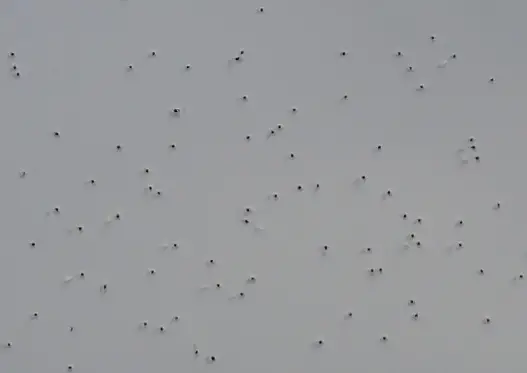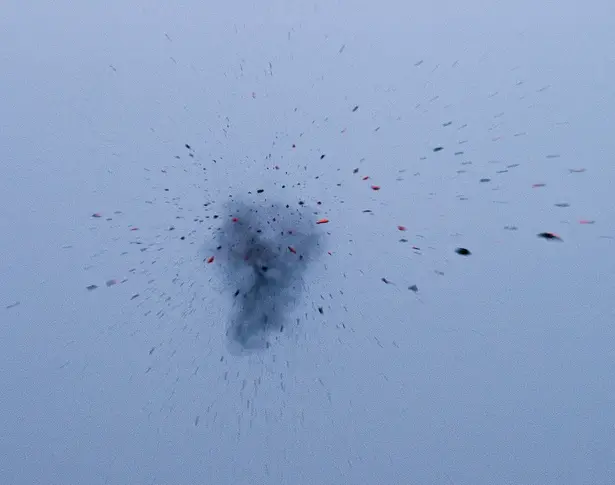


Choke Problems with your Shotgun? Maybe Yes, Maybe No.
Peoria,
Illinois' Fred Kimble changed the way shotguns worked forever in 1868.
In the words of the legendary Mr. Kimble: “I started experimenting
in the gun shop of Charlie Stock in Peoria, Ill. First, I used musket
barrels left over from the Civil War, as they were heavy and would stand
boring. After repeated attempts am calipering, I came up with a 6-bore
that would drop birds at 80 yards. This gun would shoot #3 shot through
a one-inch board at 40 yards.” So began the era of choke, from
one of the finest trapshooters and hunters the United States has ever
produced, the multi-talented Fred Kimble.
Since then, chokes though universally used are rarely thorough examination. That may never change. Before considering choke, we might want to consider where our shotguns actually shoot. Many shotguns do not shoot to point of aim, regardless of brand and price-point. If our shotguns don't print patterns where they are supposed to, all the choke-changing in the world will be of little consolation. Sooner or later, we have to pattern our shotguns if we want to know what we are working with. It might as well be sooner.

Above is a pattern, used to illustrate what our problems with chokes and patterns often might be. Is that a good pattern? A great pattern? Just what kind of pattern is that, anyway? Is that a modified pattern, a cylinder pattern, or an extra-full pattern? No one in the world can eyeball a pattern and determine what it is. It is a ridiculous notion, perhaps not as ridiculous as “reading breaks,” not much beats that one, but it is close. Sure, I can tell you it is a lead pattern, it was not produced by a 12 gauge, it wasn't produced with an overbored barrel (actually slightly underbored), it wasn't produced with lengthened forcing cones, and it is a superb combination for wild pheasants out to 45 yards or so. Still, that doesn't have a lot to do directly with your shotgun, your conditions, your intended use.
The problem resides in the way patterns are classified. The percentage of the payload landing in a 30 inch circle at 40 yards is what makes a pattern fall into the improved cylinder, modified, or any other category. Looking at a picture of a pattern won't help us. We can't come up with a percentage if we don't know how many pellets we started with. You've heard it all before, haven't you? “This patterns great. The pattern was good. It patterned well.” I have no idea what in the world a good pattern is, described like that, much less a great one. Yet, this type of meaningless language is how patterns are often described by many, including shotgun manufacturers and ammunition manufacturers. “It patterns great, 12 gauges pattern better than smaller gauges, it patterns beautifully.” Back-bored barrels pattern better than standard barrels, longer forcing cones make patterns better. Yet, there is no basis for comparison, no control group, no usable information being imparted. Regardless, the good, better, and great patterns are what you hear about. It doesn't have to make any sense, of course, and it doesn't.

What gauge, what payload, what shotsize, what choke, what range? How many hits? Only photographer Paul Kavanagh, owner of http://www.learningtosnap.com , might be able to answer a few of these questions. Paul shot this using ISO-400 film: a tougher shot with a camera than it is with a shotgun, to be sure. We can stare at this picture for hours. No need, though, as attempting to read breaks is futile. If you can determine the pattern percentage, the number of pellet strikes, the distance of offset from the center of the pattern all from trying to read a break, you are far more than just exceptional.
In
a practical sense, finding appropriate patterns isn't at all difficult,
but it does require some trigger time printing patterns at the ranges
we want to get and understanding of where we are, to establish a control
group, and to assess our improvement from where we started. Adjusting
pattern size and density takes a bit of effort. Before embarking on that,
we have to get any point of impact issues out of the way. The patterns
we judge to be close to ideal aren't worth much if they are not placed
on our targets.
Copyright 2011 by Randy Wakeman. All Rights Reserved.





